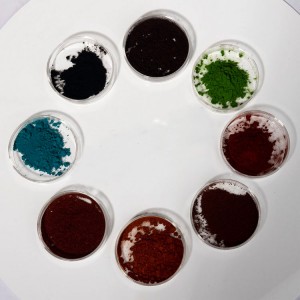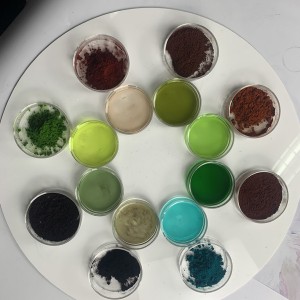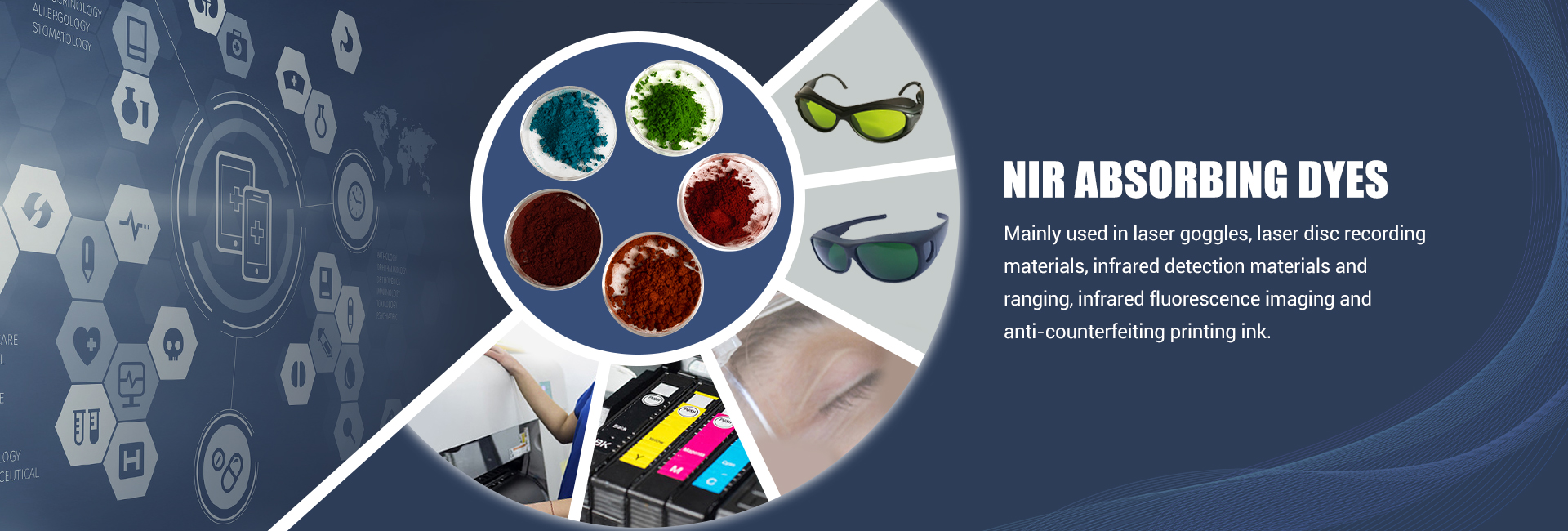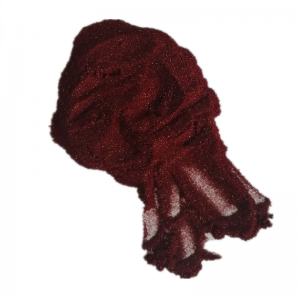Near infrared absorbing dye 1070nm 1001nm 990nm 980nm 908nm 880nm 850nm 830nm 710nm
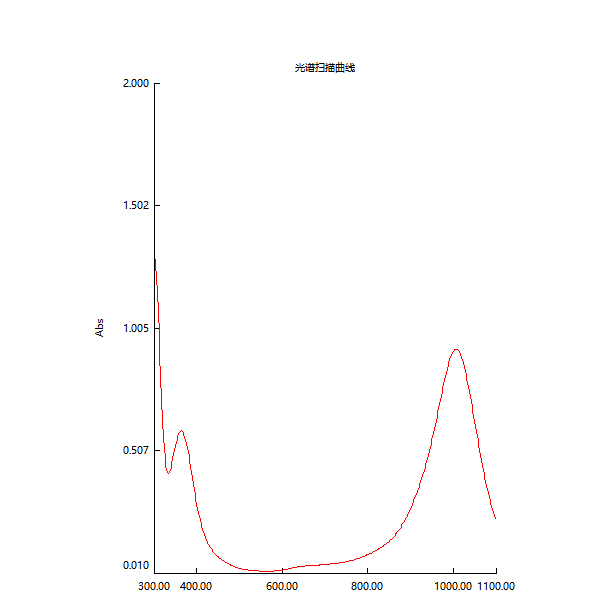 R1001 is an organic compound-based near-infrared absorbing dye. In terms of appearance, it is in the form of a black powder, which makes it easy to store and process in subsequent steps.
R1001 is an organic compound-based near-infrared absorbing dye. In terms of appearance, it is in the form of a black powder, which makes it easy to store and process in subsequent steps.
In terms of spectral performance, its maximum absorption wavelength (λmax) reaches 1004±3nm in dichloromethane solvent. This specific wavelength range enables it to accurately capture light in the near-infrared region, providing a solid optical foundation for various applications.
Solubility is an important indicator to measure the practicality of dyes, and NIR1001 performs excellently in this aspect: it has excellent solubility in DMF (dimethylformamide), dichloromethane, and chloroform, is soluble in acetone, and insoluble in ethanol. This difference in solubility provides flexible choices for its use in different scenarios. For example, in scenarios requiring high-concentration solutions, solvents such as DMF can be selected; in some processes with specific requirements for solvent properties, acetone can also meet basic dissolution needs
Wide Application Scenarios of Near-Infrared Absorbing Dyes
Near-infrared absorbing dyes are highly favored mainly due to their unique spectral property of absorbing near-infrared light of specific wavelengths, which allows them to excel in multiple fields.
-
Military field: Such dyes are mainly used in the manufacture of night vision compatible filters. These filters can effectively block near-infrared light, reduce its interference with night vision systems, and thus significantly improve the performance of night vision equipment. In complex night environments, this feature can help military personnel obtain clearer and more reliable visual information, enhancing combat and reconnaissance capabilities.
-
Medical field: Near-infrared absorbing dyes play an important role in medical imaging and biosensing. With their characteristic of absorbing near-infrared light, more accurate in vivo imaging can be achieved, helping doctors clearly observe the location and shape of lesions; in biosensing, sensitive monitoring of biomolecules, physiological indicators, etc. can be realized by detecting changes in their optical signals, providing strong support for disease diagnosis and treatment effect evaluation.
-
Anti-counterfeiting field: Due to the uniqueness and difficulty in replication of the spectral properties of near-infrared absorbing dyes, they have become ideal materials for making high-end anti-counterfeiting labels. These anti-counterfeiting labels may be no different from conventional labels under ordinary light, but under near-infrared detection equipment, they will present specific optical signals, thereby quickly identifying the authenticity of products, greatly improving the anti-counterfeiting security of products, and effectively curbing the circulation of counterfeit and shoddy products.
As an excellent near-infrared absorbing dye, NIR1001, with its unique chemical structure and optical properties, is providing key material support for technological innovation and application upgrading in the above-mentioned fields, showing broad market prospects and application potential.




Write your message here and send it to us









